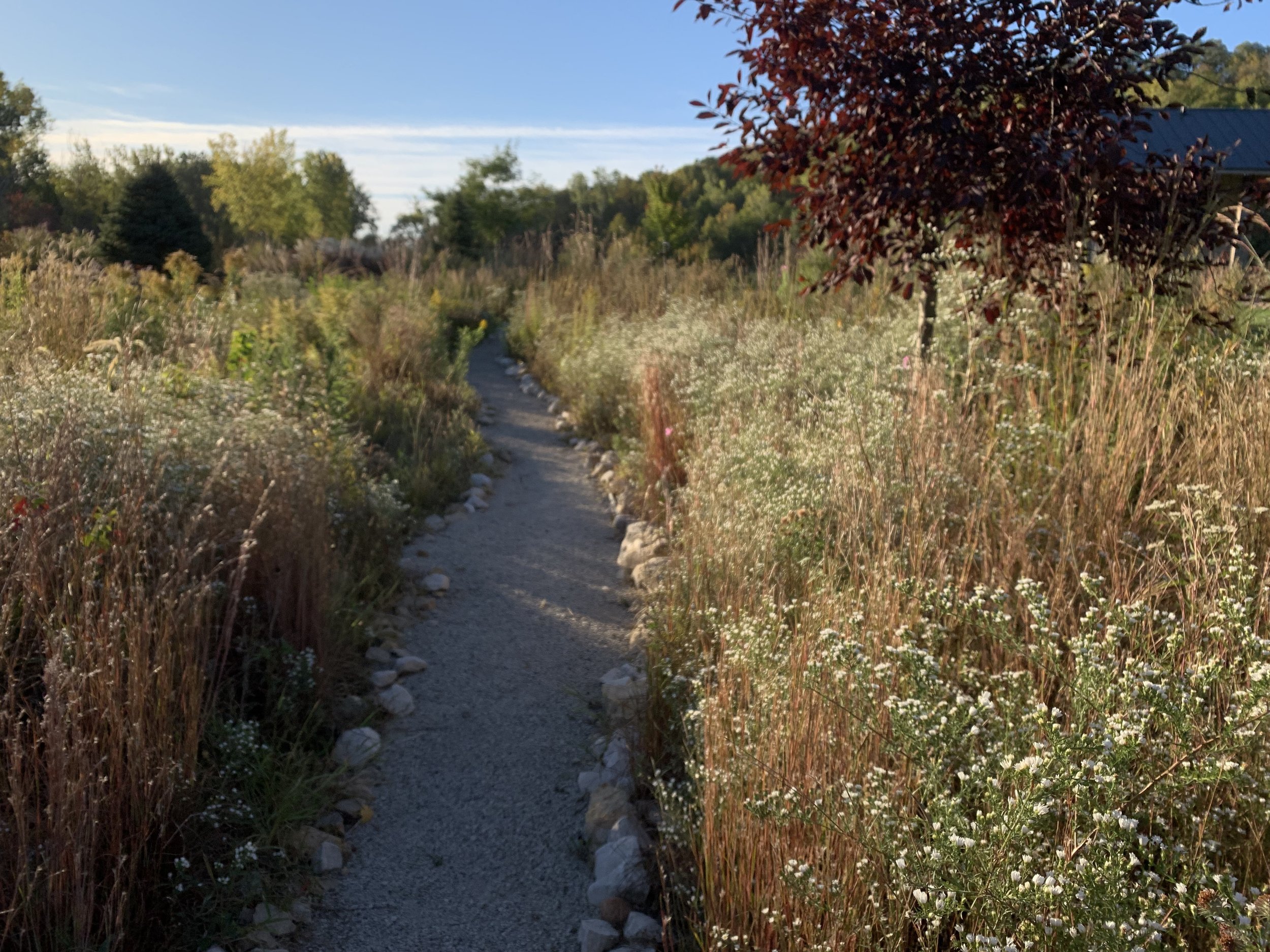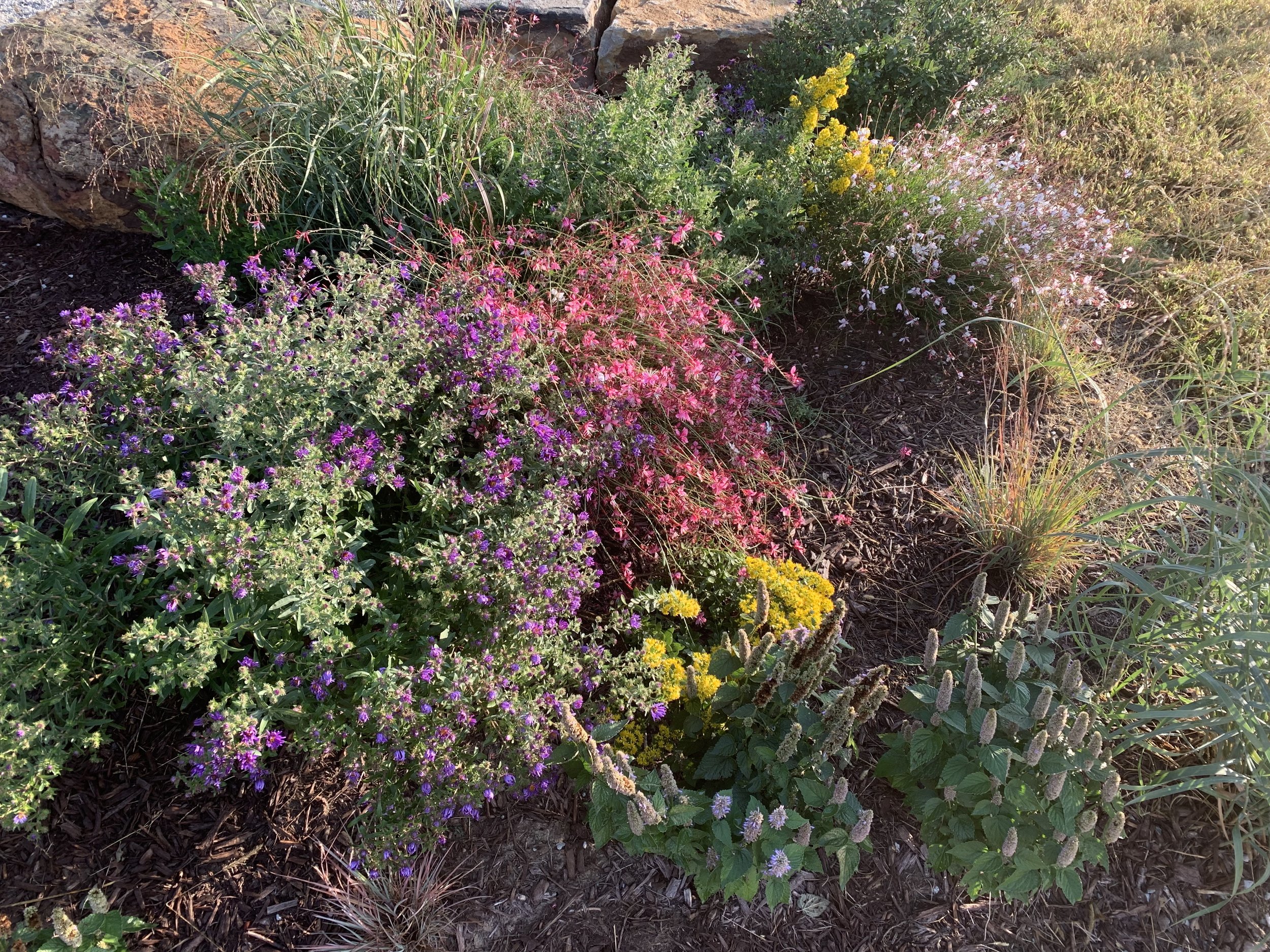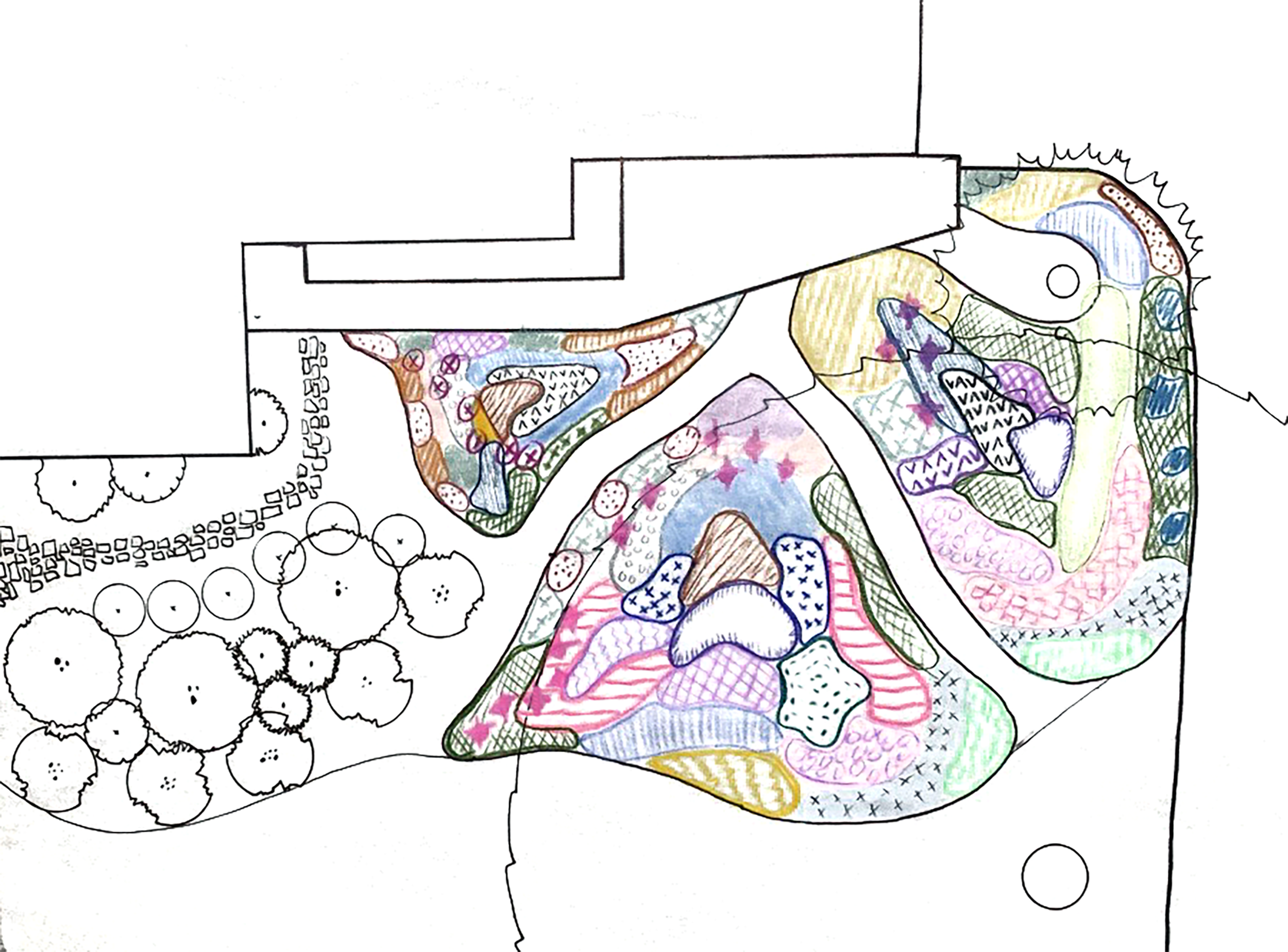
How Does It Work?
In-person meetings and site walks are essential for determining the best plant communities to suit your landscape conditions and to discuss your property, ideas, and how I can bring life to your landscape.
We will identify your project parameters based on budget, site conditions, and aesthetic preferences. It often helps to have reference photos ready to help describe your desired outcomes, but I can also assist in making visuals to communicate the desired results of the project.
Native gardens can range from wild and purely ecological to traditional prim and proper looks, with a wide spectrum in between. Above all, my goal is to help you create a landscape that uses native plants to create ecological value while also designing a beautiful aesthetic experience that surprises and delights you with every season!
01 Initial Consultation
The design process exists to explore potential outcomes and decide what works best for your needs and preferences. I will produce project plans and have a dialogue with you to tweak the design to your liking. The more accurately the project is designed, the more accurate the budget will be when it comes to buying the plants for the installation.
02 Design Process
This step will greatly depend on the scale and type of site that you are working with. With lawn and mulch bed conversions, it is necessary to kill existing vegetation and ensure proper mulch thickness before plant installation can occur.
The most common method for lawn conversion is to spray chemicals to kill the turfgrass, effectively leaving behind a weed suppressing mulch of turf that will naturally decompose over time. This can also be achieved by solarization using plastic tarps. The most energy intensive method is to manually cut the sod out and remove it entirely.
Marking and planning around in-ground utilities is an important part of preparation, especially irrigation systems. While a prairie garden will need consistent watering to establish in the first year, it is not likely to need much additional water as it matures.
03 Site Preparation
I primarily use small plant plugs for high density planting designs. The installation process is best to complete in May-June or September-October. Depending on your needs and capabilities, I can offer varying levels of installation labor from a DIY design, to full installation and maintenance.
04 Plant Installation
Learning how to maintain an ecosystem is different than traditional mulch bed gardening. I will provide on-site instruction and maintenance visits after the installation, as well as continued garden coaching as needed through the years as your landscape matures.
The first-year watering and weeding is the most important for reducing future maintenance headaches in your new prairie garden. Watering will be the responsibility of the client and I will provide at least one maintenance check-in through the first season, with additional weeding and maintenance check-ins optional.
Native gardens are meant to function as a living and breathing community of plants and they will change from year to year. I provide continued revisions and maintenance to ensure that the garden is maturing appropriately and suiting your landscape needs.
05 Maintain & Grow











